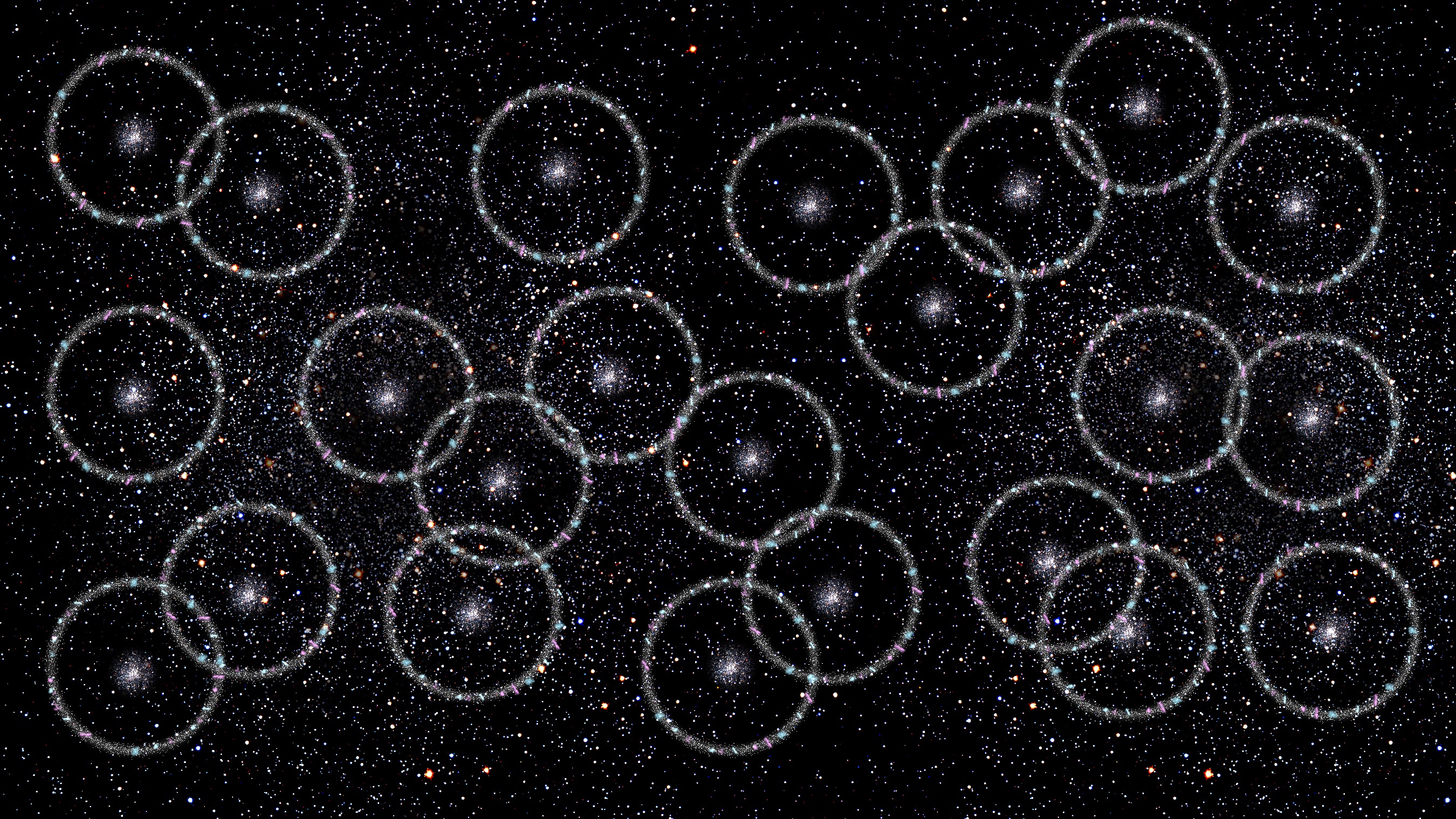How do photons experience time?

We see them change in wavelength, energy and in their electric and magnetic fields over time. So how do they experience it?
“Everyone has his dream; I would like to live till dawn, but I know I have less than three hours left. It will be night, but no matter. Dying is simple. It does not take daylight. So be it: I will die by starlight.” –Victor Hugo
Traveling at the speed of light, photons emitted by the Sun take a little over eight minutes to reach the Earth. The 93 million mile (150 million km) journey across the expanse of empty space is no obstacle to this light, but it means that when we look at the Sun, we’re seeing it as it was a short time in the past, not as it is instantaneously from our perspective. If the Sun were to wink out of existence right now, we wouldn’t know it — not from its light, not from its gravity — until eight minutes later. But what about from the photon’s point-of-view? We know that if you travel close to the speed of light, Einstein’s theory of special relativity kicks in, and time dilates while lengths contract. Photons, however, don’t move close to the speed of light but rather at it. So how much has a photon emitted by the Sun aged by time it reaches the Earth?
If your intuition is to just say, “eight minutes,” I’d have a hard time arguing with you. After all, that’s how much the photon ages for us. If a 0.5 mile (0.8 km) walk to the store takes eight minutes, and you walk to the store, you age eight minutes. And if the shopkeeper watched you walk to the store, she’d know you aged eight minutes, too. If all we did was adhere to the Newtonian definition of time — with the notion that time was an absolute quantity — this would be true for absolutely anything in the Universe: everyone, everywhere would experience time passing at the same rate in all circumstances. But if this were the case, the speed of light couldn’t be a constant.
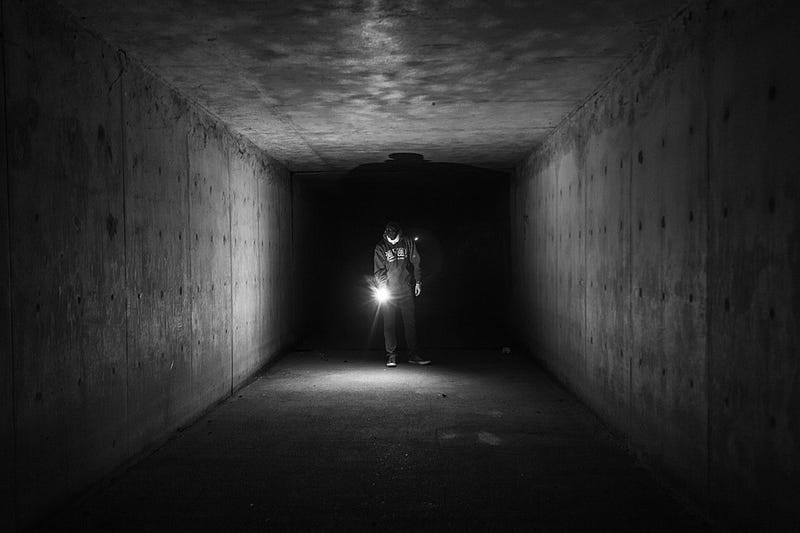
Imagine you stand still on the ground, shining a flashlight in one direction at an object one light-second away. Now imagine you’re running towards that same object, shining that same flashlight. The faster you run, the faster you’d expect that light to go: it ought to move at whatever speed light-at-rest moves at plus whatever speed you run at.
Why would this be a necessity?
I want you to imagine that you’ve got a clock, only instead of having a clock where a gear turns and the hands move, you have a clock where a single photon of light bounces up-and-down between two mirrors. If your clock is at rest, you see the photon bouncing up-and-down, and the seconds pass as normal. But if your clock is moving, and you look on it, how will the seconds pass, now?

Quite clearly, it takes longer for the bounces to occur if the speed of light is always a constant. If time ran at the same rate for everyone, everywhere and under all conditions, then we’d see the speed of light be arbitrarily fast the faster something moved. And what’s even worse, is if something moved very quickly and then turned on a flashlight in the opposite direction, we’d see that light barely move at all: it’d be almost at rest.
Since light doesn’t do this — or change its speed-in-a-vacuum under any circumstances — we know this naive picture is wrong.

In 1905, Einstein put forth his theory of special relativity, noting that the failed Michelson-Morley experiment and the phenomena of length contraction and time dilation would all be explained if the speed of light in a vacuum were a universal constant, c. This means that the faster something moves — the closer to the speed of light it moves — someone watching it at rest will see their own times and distances as normal, but someone “riding” the fast-moving object will see that they traveled a shorter distance and traveled for a shorter amount of time than the observer who remained at rest.
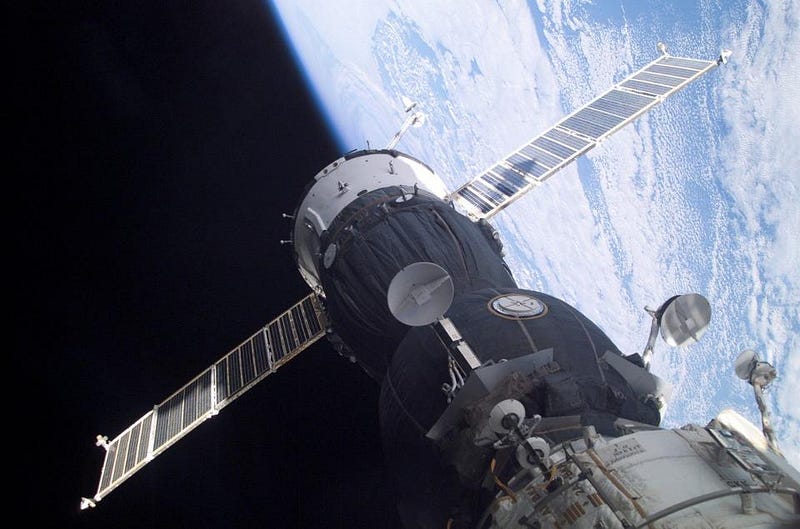
In fact, when you make that eight minute walk to the store, thanks to Einstein’s relativity, the time on your watch — assuming it was super accurate and matched the shopkeeper’s watch exactly before you left — would now read just under two nanoseconds ahead of the shopkeeper’s watch! The effects of relativity, even though they’re small under most circumstances, are always at play.
The reason is because things don’t just move through space, and they don’t just move forward in time. It’s because space and time are linked as part of a unified fabric: spacetime.
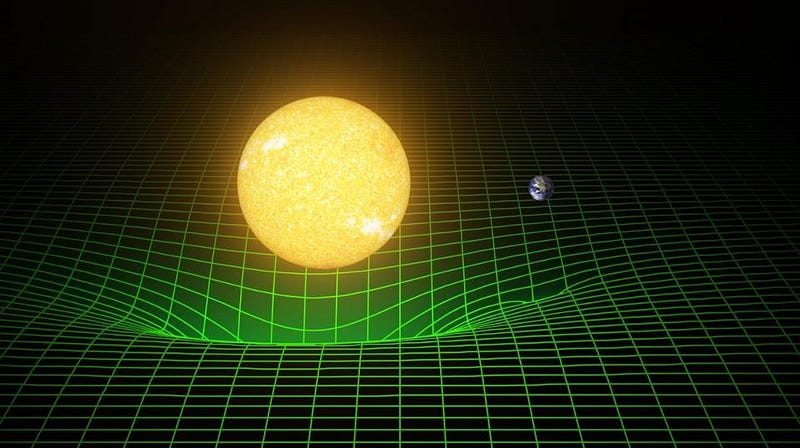
This was first realized by one of Einstein’s former teachers, Hermann Minkowski, in 1908, who said:
The views of space and time which I wish to lay before you have sprung from the soil of experimental physics, and therein lies their strength. They are radical. Henceforth space by itself, and time by itself, are doomed to fade away into mere shadows, and only a kind of union of the two will preserve an independent reality.
The way this works is that everyone and everything that exists at allalways moves through spacetime, and they always move through spacetime with a very particular relationship: you move a certain amount through the combination of the two no matter how you move relative to anything else.
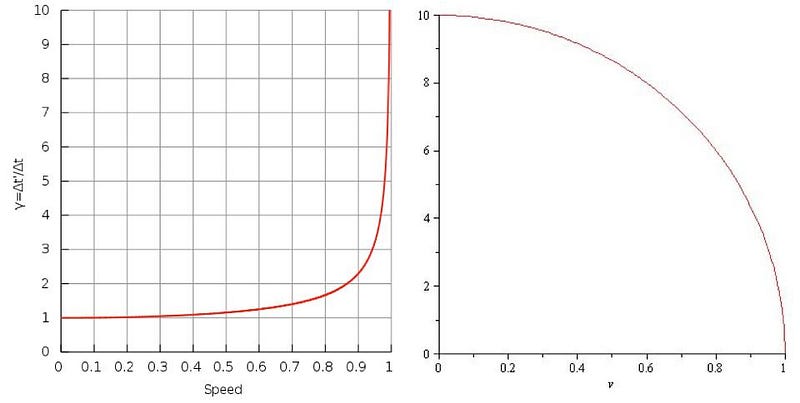
If you move through space quickly from a certain point of view, you move through less time: this is why when you walked to the store, your journey through time was around 2 nanoseconds less than the shopkeeper’s: you moved through space more quickly than she did, and so you moved through time a little bit less than her. If you moved faster, your clock would be even farther ahead. In fact, if you moved very close to the speed of light — if you moved at 99.9999999% the speed of light on that journey to the store — no matter how far away that store was, the shopkeeper would see that 22,000 times as much time passed for her as passed for you.

So now, with all of that in mind, let’s come to the photon itself. It’s not moving near the speed of light, but actually at the speed of light. All our formulas to describe what it’s like for an observer gives us answers with infinities in them when it comes to asking what happens at the speed of light. But infinities don’t always mean physics is wrong; they often mean that physics does something unintuitive. When you move at the speed of light, this means the following:
- You absolutely cannot have a mass; if you did, you’d carry aninfinite amount of energy at the speed of light. You must be massless.
- You will not experience any of your travels through space. All the distances along your direction of motion will be contracted down to a single point.
- And you will not experience the passage of time; you entire journey will appear to you to be instantaneous.
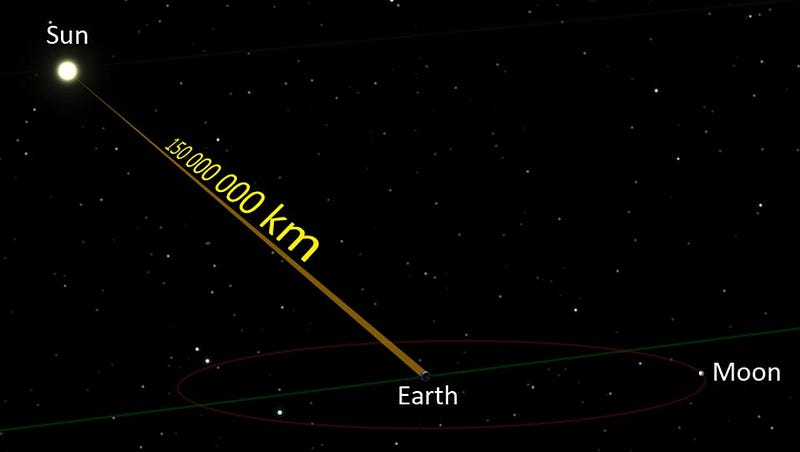
For an observer here on Earth, the light will be emitted from the Sun some eight minutes (more like 8:20) before we receive it, and if we could “watch” the photon travel, it would appear to move at the speed of light throughout its entire journey. But if there were a “clock” on board this photon, it would appear to be entirely stopped to us. While those just-over-eight-minutes would pass as normal for us, the photon would experience absolutely no passage of time.
This gets particularly disturbing when we look at distant galaxies in the Universe.
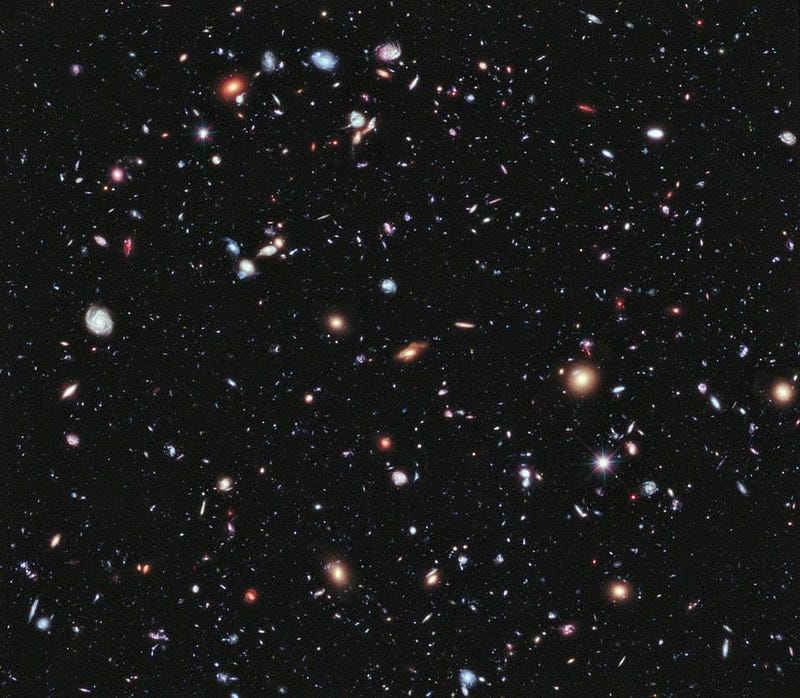
The light emitted from them takes billions of years to reach us from our point of view as observers in the Milky Way. During this time, the expansion of the Universe causes space to stretch, and the energy of the emitted photons to drop tremendously: a cosmological redshift. Yet despite this incredible journey, the photon itself experiences none of what we know as time: it simply is emitted and then instantaneously is absorbed, experiencing the entirety of its travels through space in literally no time. Given everything that we know, a photon never ages in any way at all.
This post first appeared at Forbes, and is brought to you ad-free by our Patreon supporters. Comment on our forum, & buy our first book: Beyond The Galaxy!


